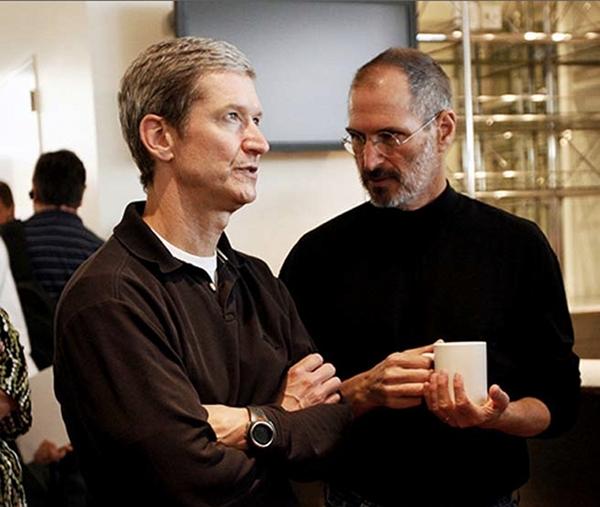Steve Jobs, the famed Apple CEO who died in 2011, would have turned 64 years old on Feb. 24. The tech mastermind continues to leave behind an impressive legacy in turning around Apple, among the world's most profitable companies.
When Jobs rejoined Apple in 1997, he helped resurrect the company from the verge of bankruptcy to become a tech behemoth that currently has a market capitalization of $815 billion. Under Jobs' direction, Apple would launch the iMac computer in 1998, the iPod in 2001 and the iPhone in 2007, propelling the company to unprecedented heights.
Despite the enigmatic mythos surrounding Jobs' ascent into the technological stratosphere, the beginning of his career was marred with both losses and gains before his 1984 breakthrough, the landmark MacIntosh computer.
While the MacIntosh might be one of the more indelible of Jobs' earlier creations, it wasn't his first. The first product produced under the Apple label was the Apple I computer, a desktop board designed by company co-founder Steve Wozniak in 1976, the same year Apple Inc. was founded.
To finance the creation of the Apple I, Jobs sold his only form of motorized transportation, while Wozniak sold his HP-65 calculator, the first handheld calculator of its kind, for $500. Marketed as just a bare circuit board, Jobs and Wozniak filled a $25,000 order for the Byte Shop, a computer store located in Mountain View, California, and from there, a tech mogul was born.
Jobs and Wozniak would later launch the Apple II, one of the first highly successful mass-produced microcomputer products in history, and one which featured a Jobs-specific hardware design — motherboard and plastic case shells meant to remind consumers of home appliances.
It was an intentional look. While the Apple I was a computer for insiders and tech enthusiasts, the Apple II was marketed specifically for the average household, and thus the mainstream. The company sold 40,000 machines before the line was discontinued in 1981.
At the time of launch of Apple I, Jobs was 21 years old.
While Apple's first forays into the market proved to be promising, its next technological advancement would prove to be a somewhat rare version of failure for the company.
Despite its overall designation as a flop, the Apple Lisa is still considered a stepping stone for how future personal computers were and are modeled. Based on the Xerox Alto, it was the first system released by Apple to support an OS based on its graphical user interface, or GUI, meaning that users interacted with icons as opposed to text. It also had a mouse, an accouterment not widely used at the time.
But a number of other problems with the Lisa, including its astronomical price at almost $10,000 paired with its general low performance, resulted in a severe miscalculation for the company, despite the fact that it would play some sort of role in the timeline of computing machines.
It wasn't until the 1984 MacIntosh that all of the elements that we now find in even the most standard Apple products finally came together: a minimalist aesthetic design, the almost prophetic engineering technology, and an iconic ad campaign strongly influenced by George Orwell's "1984."
Decades later, Apple would continue to flourish under Jobs, with innovative products that transformed industries. The way consumers listened to music was changed with iTunes. The iPhone revolutionized both telecommunications and computers. The iPad became an alternative to the computer and the smartphone. Pixar changed the animated film industry.
Apple's speedy growth would continue under CEO Tim Cook but it was Jobs that laid the groundwork for the tech giant's ascension to become one of the world's most recognized companies.
"Steve Jobs is one of the great innovators in the history of modern capitalism," New York Times columnist Joe Nocera wrote of the tech visionary in 2011. "His intuition has been phenomenal over the years."

This article was first published in IBTimes US. Permission required for reproduction.









